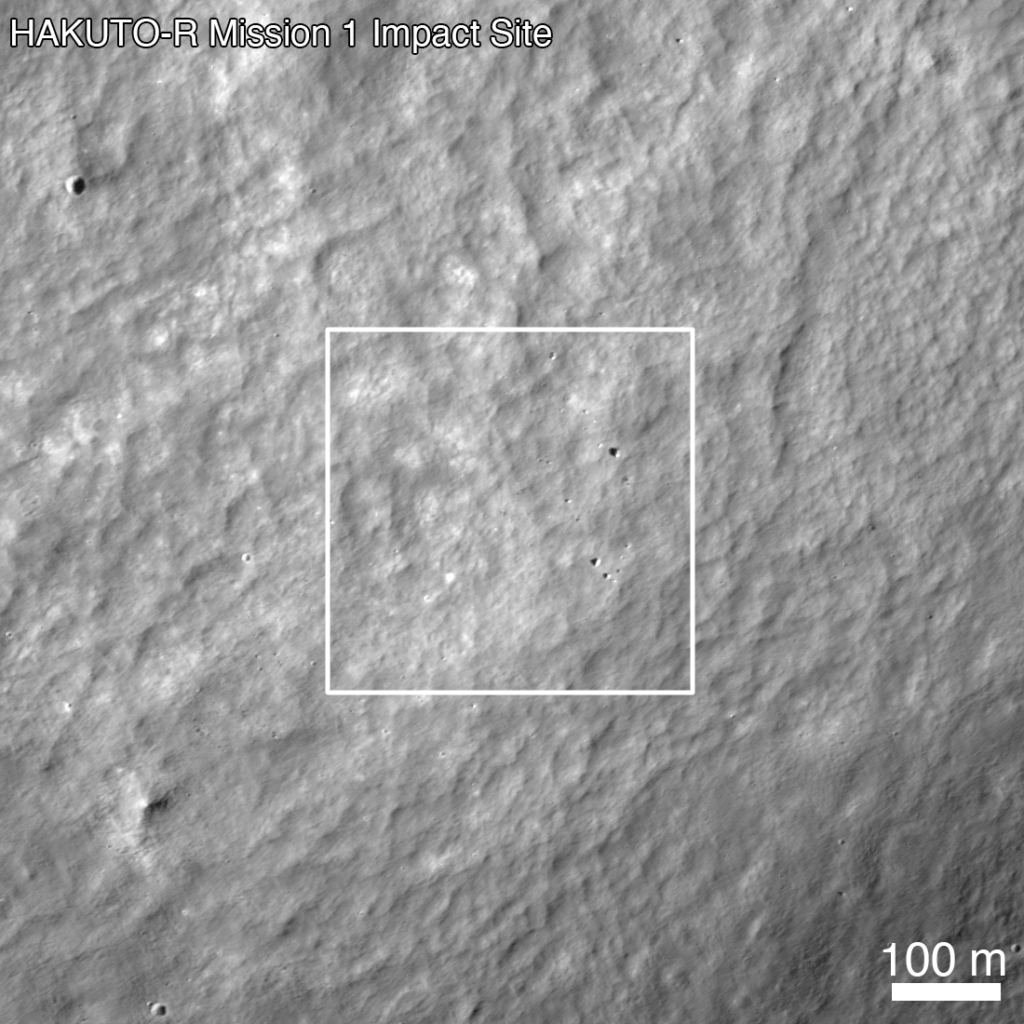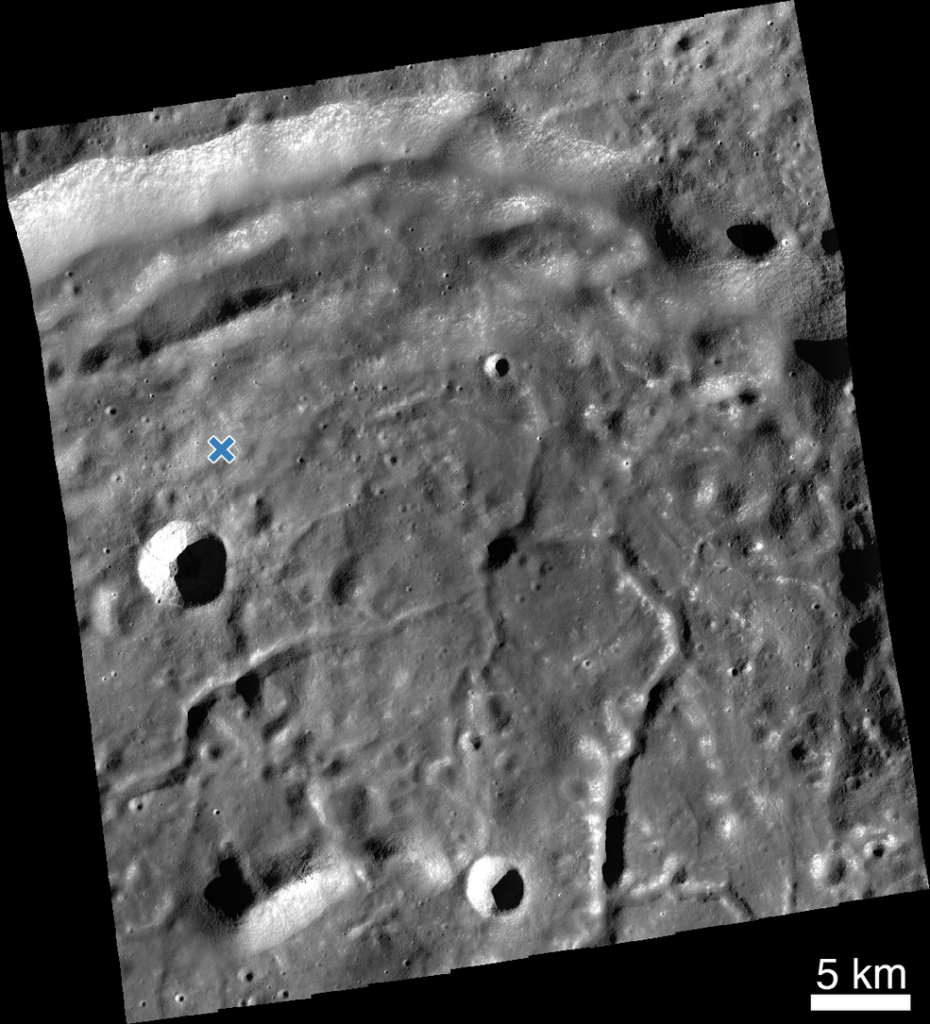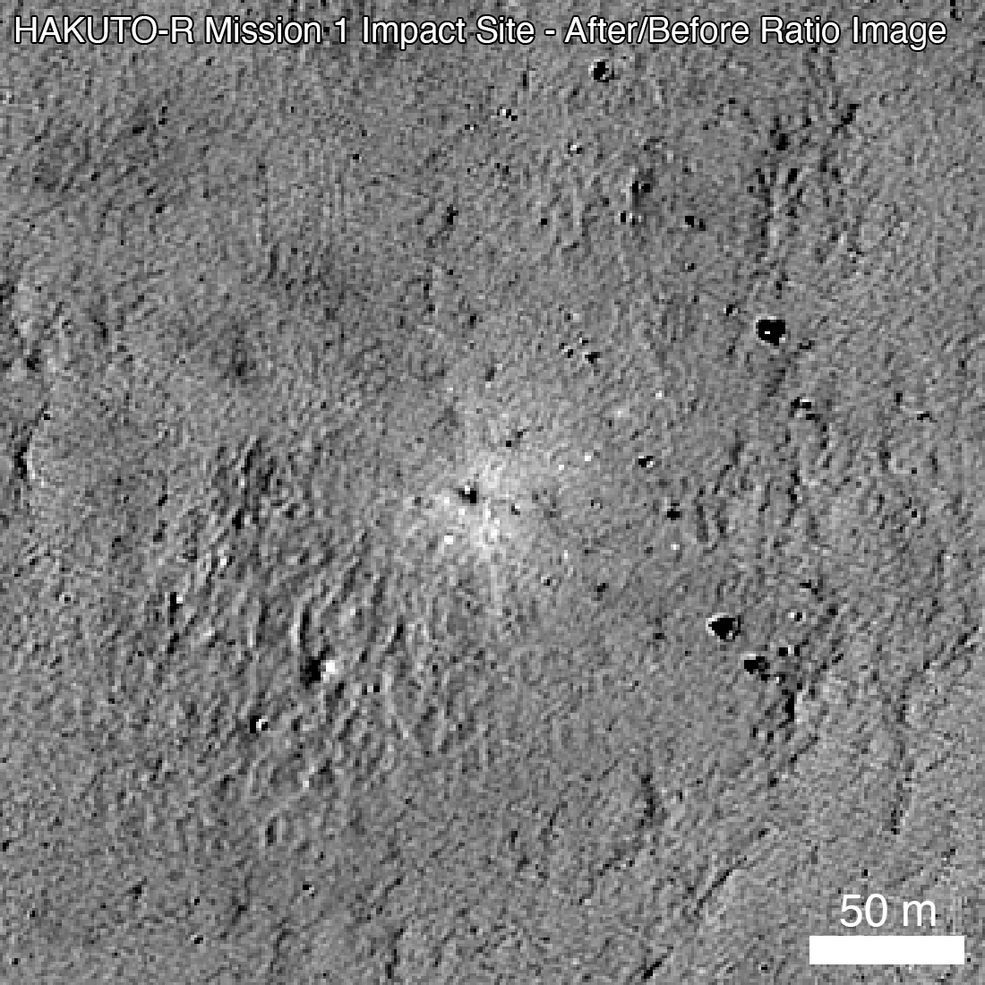





DUBAI: The UAE’s Rashid Rover’s crash site on the moon has been located in new photos released by NASA on Tuesday.
The rover, which was carried on Japan’s ispace inc’s Hakuto-R lander, crash-landed last month after the lander lost contact with mission control.
NASA’s Lunar Reconnaissance Orbiter took 10 images around the landing site, some showing large pieces of debris scattered across the surface. Narrow angle cameras were used to capture the site and to identify changes on the lunar surface.
Our Lunar Reconnaissance Orbiter camera has imaged the impact site of the ispace HAKUTO-R Lander, which experienced an anomaly on April 26 during its landing attempt. https://t.co/GvggIeEZt1 pic.twitter.com/EBVlOUZ3FN
— NASA Moon (@NASAMoon) May 23, 2023
Ispace will hold a media briefing on Friday in order to reveal details on why the mission failed. During the initial investigation, the Japanese company said the remaining propellent in the lander decreased during the landing attempt, making the descent speed afterwards too fast.
The investigation suggested that the spacecraft may have run out of fuel during the landing attempt, which would have caused the engine to shut down leading to the crash.
The plan for the Rashid Rover was to spend 14 Earth days on the Moon and capturing photos to study its geology.
Mohammed bin Rashid Space Centre’s are already working on a second rover, called the Rashid 2.